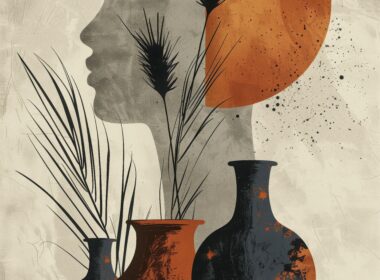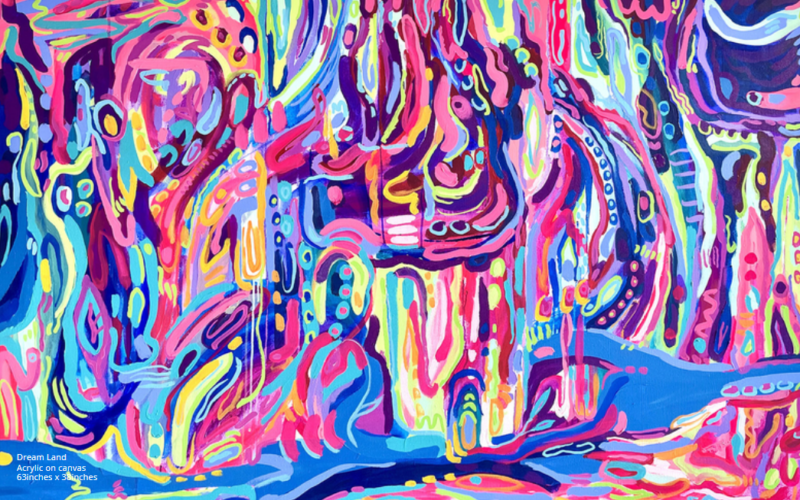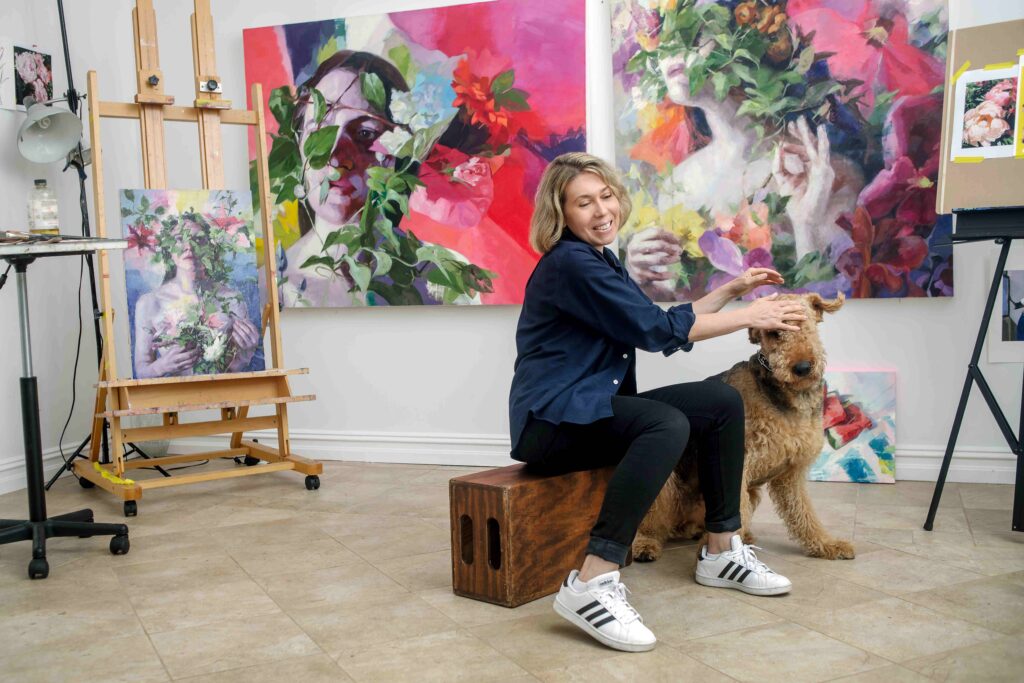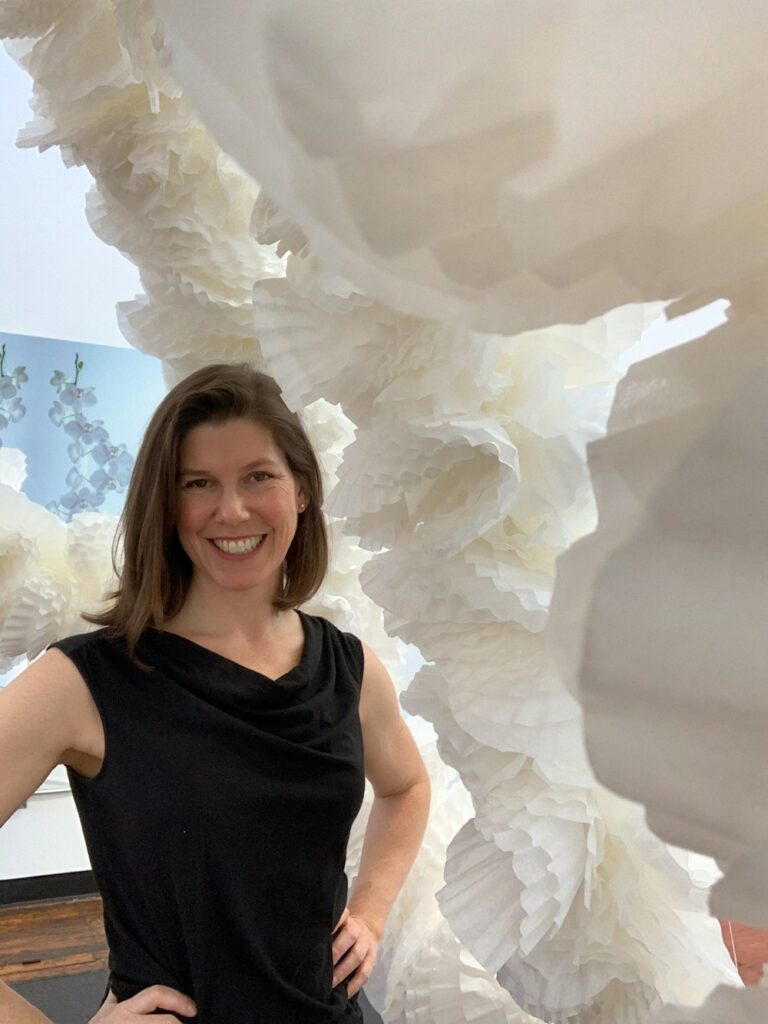
In studio w/ CV Peterson: A deep purge and cleaning to usher in new creative ideas just feels right.


CV Peterson is a multidisciplinary artist who combines scientific exploration and art to examine human-caused environmental devastation. She aims to bring climate change research to a larger, diverse audience. CV Peterson uses art and science to explore human-caused environmental devastation. She enjoys bringing scientific research out of journals and into the public sphere. In particular, she finds sculpting with fungi fascinating.
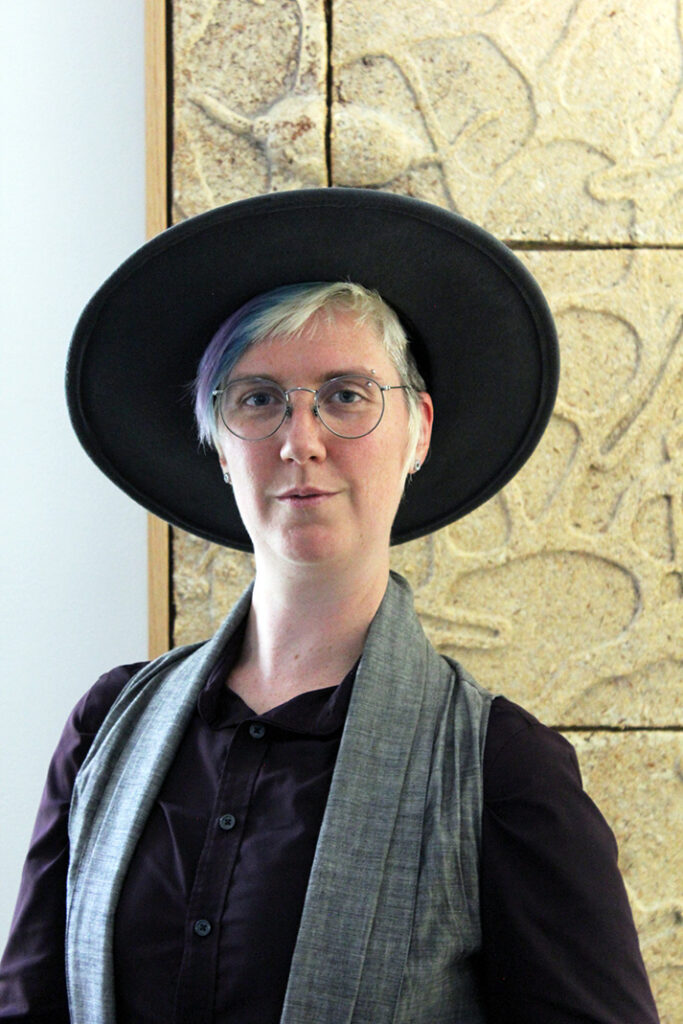
In a virtual studio visit with the artist CV Peterson. CV is a multidisciplinary artist whose work takes a whimsically dark and playful view of what the planet would be like after humanity is extinct. In this interview, Peterson shares what her typical day at the studio looks like, her favorite work from the past year, her current work on the table, and more.
1. How are you setting up your studio for the New Year?
My studio doesn’t change much around the New Year probably because I have a variety of projects in various stages of completion all year round. The one major difference is I am not in my studio as much, since family and friend obligations and other fun social things whisk me away.
2. What is one ritual or thing that you do at the beginning of the New Year in your studio?
At the beginning of every year, I do a deep clean of my space. Take out finished works, switch up the inspiration sketches, and prepare areas for new projects. Sometimes I reorganize the location of equipment and furniture. A deep purge and cleaning to usher in new creative ideas just feels right.
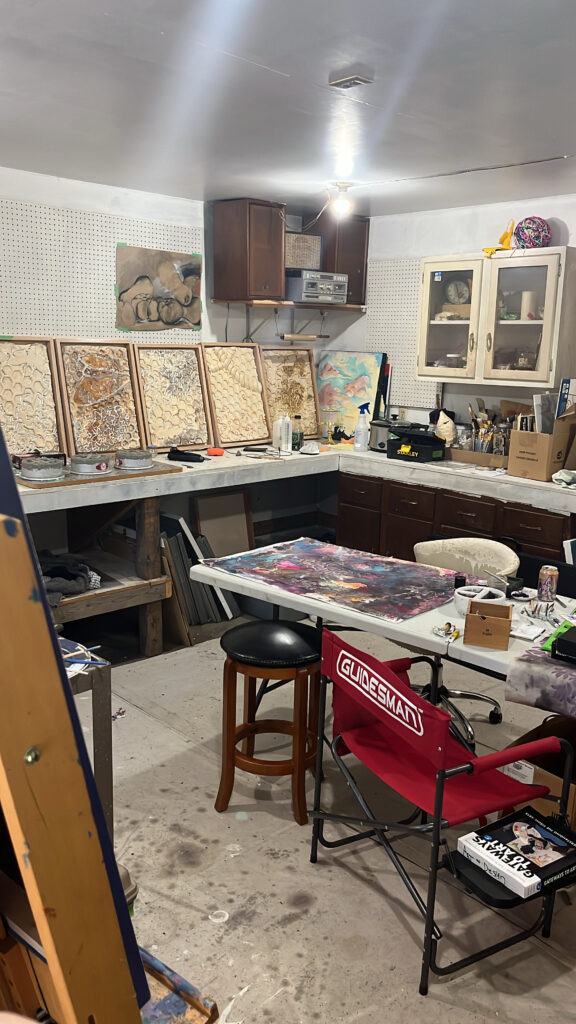
3. Looking at last year what is the work that you are most proud of?
I believe it was the completion of 15 works in my series “Mykitas Epoch – No Quick Fix.” For various reasons, this work took me four years to complete and it was a huge weight on my shoulders to see them completed.
4. What does a typical day in the studio look like for you?
I try to mimic a traditional work day, 8 hours a day/5 days a week. I start my day with a cup of tea and 2 hours of what I call “research”. This is a time when I read about topics that interest me and that I feel may be relevant to my art practice or a particular project. Then I head to the studio for 4 hours. I light a candle, make a pot of tea, and dive into my art. I normally have 3 projects going—one that is a priority and two others that I can turn to if I feel burned out or in need of a change. I then end my day in my office for 2 hours at my computer doing “entrepreneur” tasks—website, emails, applying for opportunities, and such.
I use art and science to explore human-caused environmental devastation. I enjoy bringing scientific research out of journals and into the public sphere.
5. Could you share the studio spaces you work from? Be it your kitchen table or a fancy studio? How has your creative process evolved?
I have 3 main works spaces. Predominantly I work in my creation studio which is in a garage space I rent from my sister. For “artrepreneurial,” or business-oriented activities, I work in my home office. My art practice includes growing fungal sculptures and that takes place in the old root cellar in my basement. These spaces have allowed me to experiment and explore my passions.
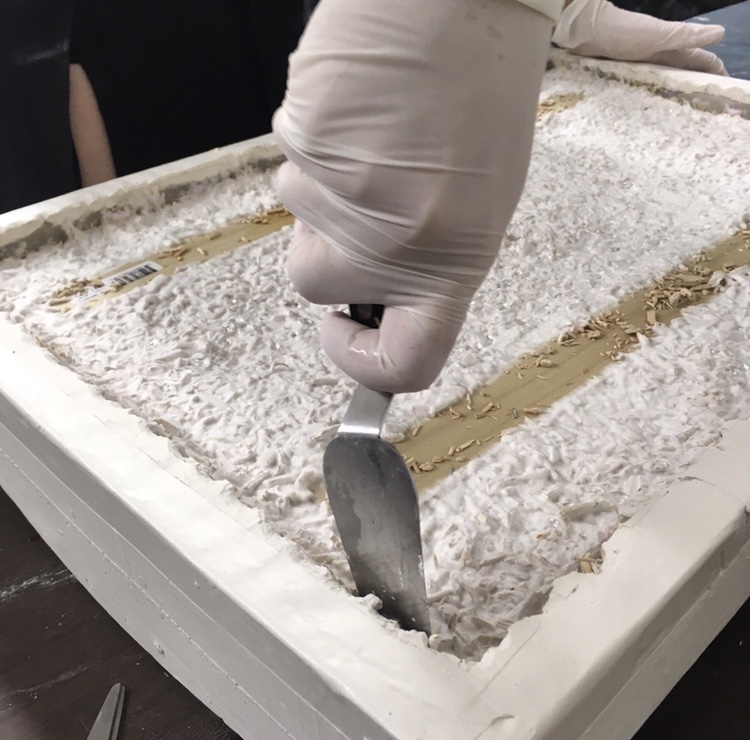
I find sculpting with
fungi fascinating.
6. How are you setting up the tone for your studio practice this new year?
I seem to have a system set up that works for me. So I intend to keep that energy going.
7. A favorite book you like to read?
I like to read a lot of environmental science journals. A singular book I like is Jane Bennett’s “Vibrant Matter: The Ecology of Things”.
8. Can we sneak in your current artwork on your table?
Sure! I have a few new fungal works in progress but I also am experimenting with painting since it has been a while and sometimes it’s nice to try something new.

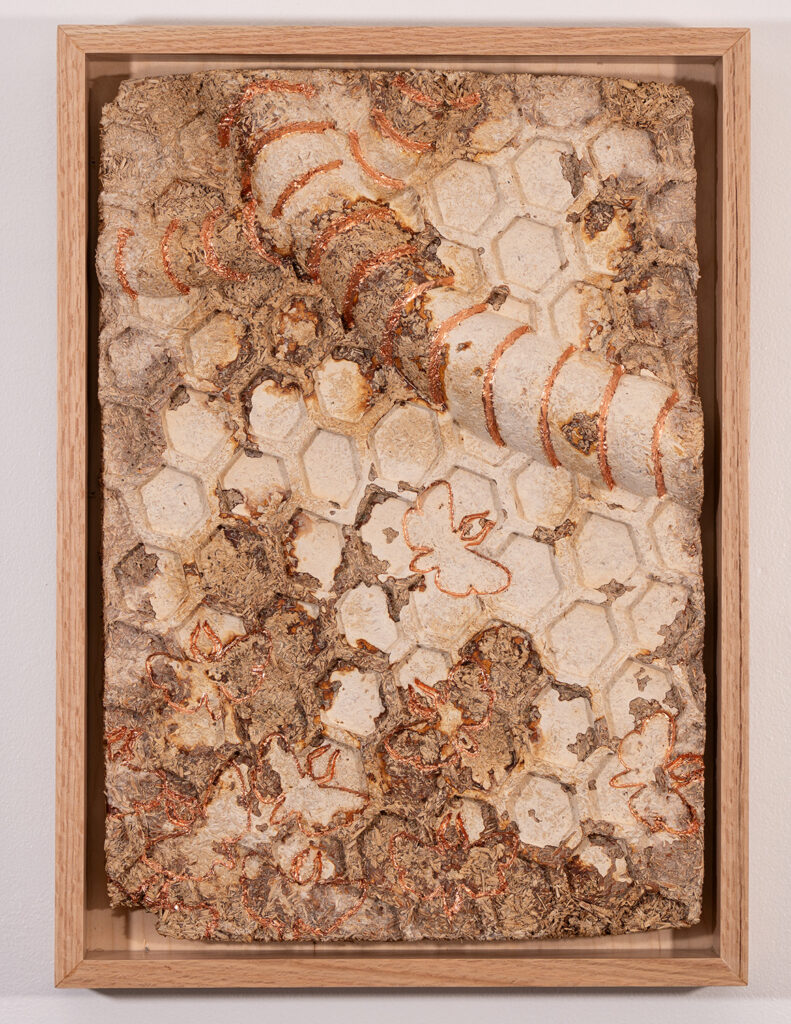
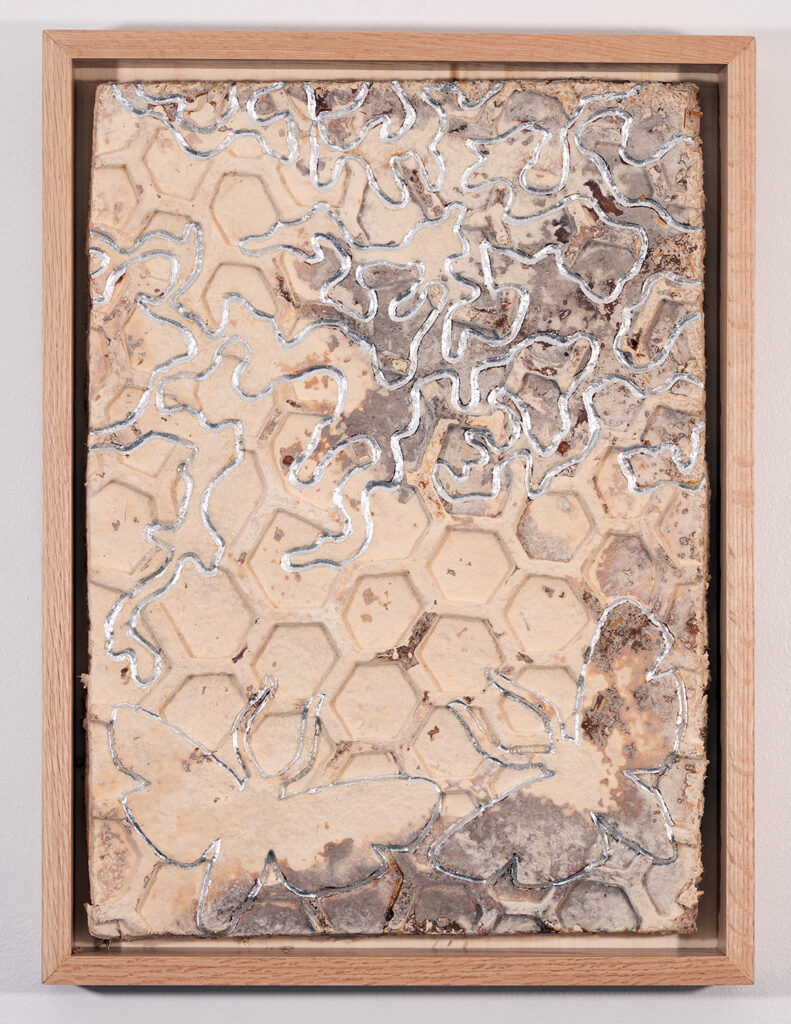
9. How do you take your studio practice beyond your studio?
I am an Associate Lecturer at the University of Wisconsin–Eau Claire for the Honors Department and the Art Department where I, predominantly, teach non-art majors about art. I also am the founder of Envisage Art Retreat, a quiet space where I invite creatives to come and enjoy the peace and solitude of a 180-acre horse farm in Wisconsin.
I collaborate with the company Ecovative Design who uses fungus as a
bio-alternative for Styrofoam.
10. How would you describe the year 2023 for your studio practice.
2023 was a year of healing and productivity for me. I had major surgery in January of this year but once I was moving around again I found myself finishing 18 projects that had previously been abandoned or forgotten. It was really freeing to conclude them all.
11. How do you overcome a creative block and let the creative juices flow?
Because of my approach to my art practice, I force myself into the studio even when I don’t feel like it. At these times I doodle experiment or sometimes just read to get my mind off distractions and back on my art goals. I try to keep a list of project ideas in the studio that I can draw from if I am feeling really unmotivated.
12. The first piece of art you made while working here in this studio.
I was invited to exhibit an installation at the Smithsonian Institute’s Folklife Festival and I needed a larger space ASAP. I found myself in a whirlwind of activity and this space was an absolute surprise and blessing, the mess was immense. The organization of the studio happened a few months later after the dust had settled.
Social Media Details of CV Peterson










